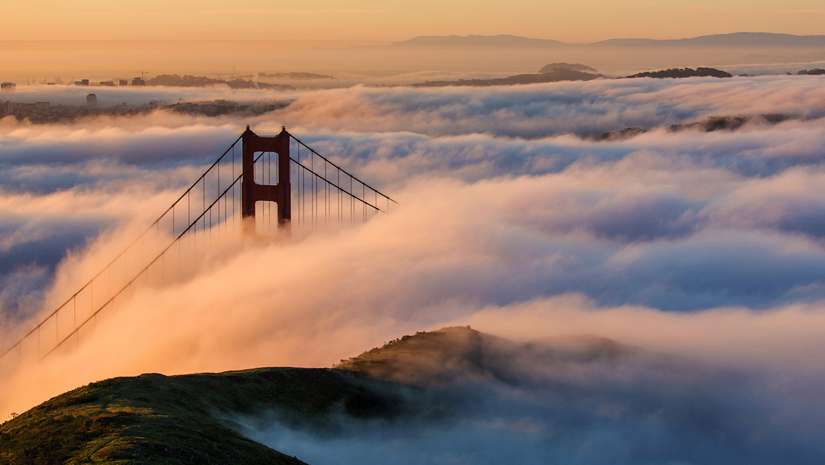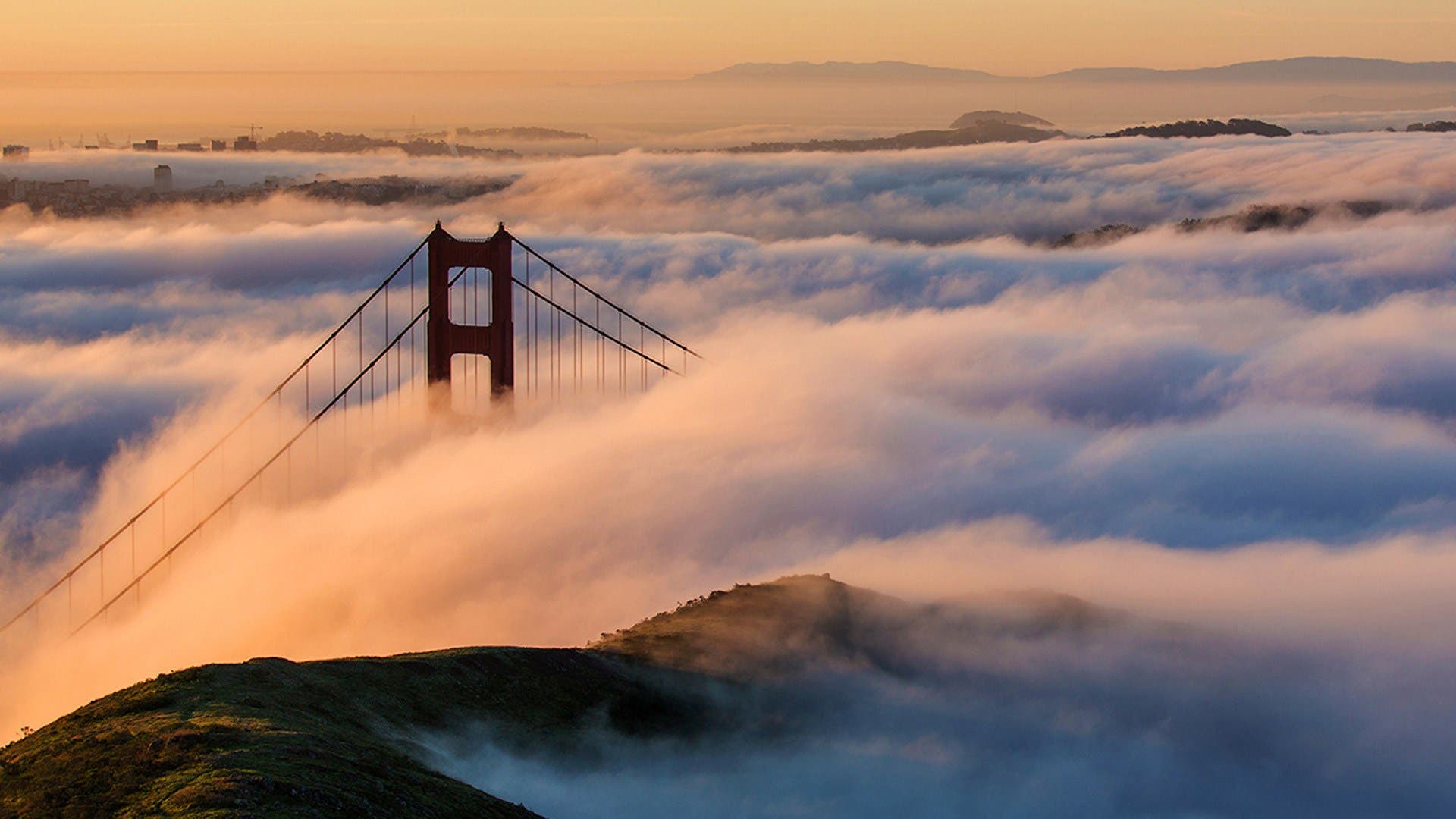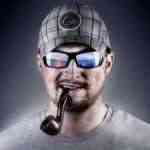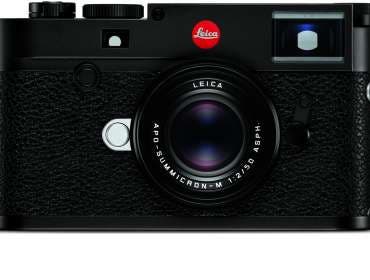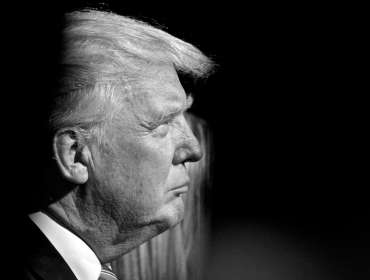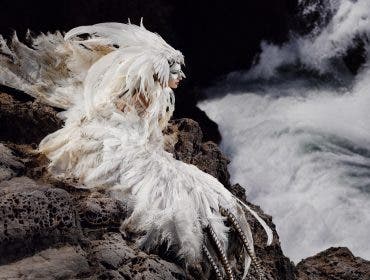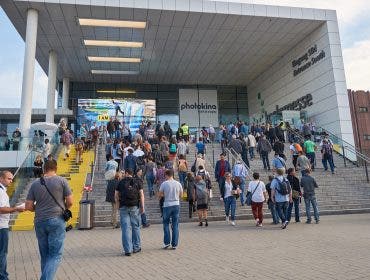When it comes to time-lapse photography, finding the right location and composition to shoot can be a real pain, however, with a little pre-production scouting you’ll set yourself up for success.
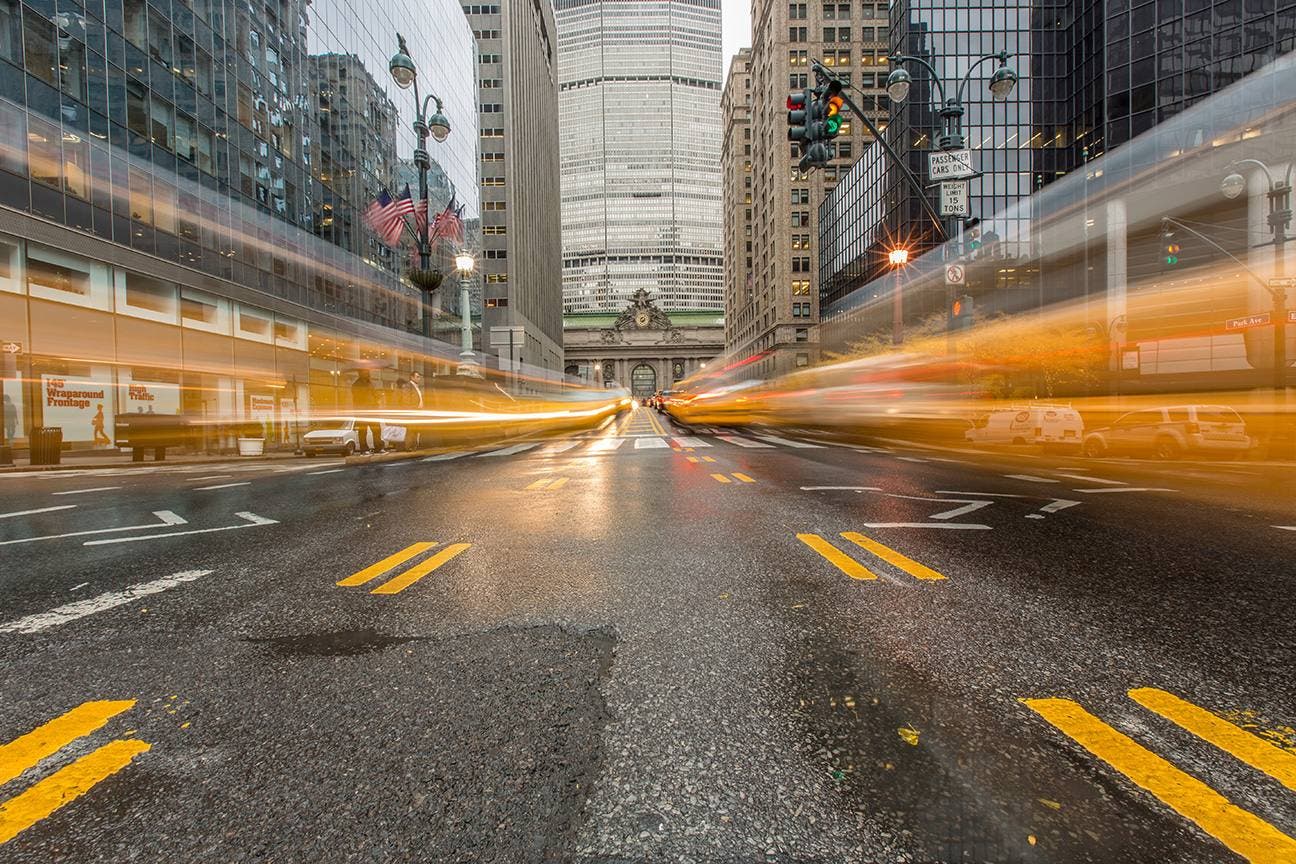
I prefer a little method called ‘exploration’ to find the perfect spot! Find an area that you want to shoot or have an interest in shooting and explore it. Look high and look low. The most dynamic scenes have a foreground, middle ground, and background. Find interesting foreground and/or background objects that might make a good subject. Revisit the location several times at different points in the day and see how the light reacts with the scene. Take notes and set up your shot accordingly. The worst thing you can do is blindly set-up your camera and find that what you just shot for three hours isn’t any good. You should have a vision in your head of how things will happen over time and think about elements that might screw it up, such as animals (birds are the worst!), people (if you’re shooting a landscape), unwanted car headlights, or rain/snow.
The worst thing you can do is blindly set-up your camera and find that what you just shot for three hours isn’t any good. You should have a vision in your head of how things will happen over time and think about elements that might screw it up, such as animals (birds are the worst!), people (if you’re shooting a landscape), unwanted car headlights, or rain/snow.
Time-Lapse Subjects
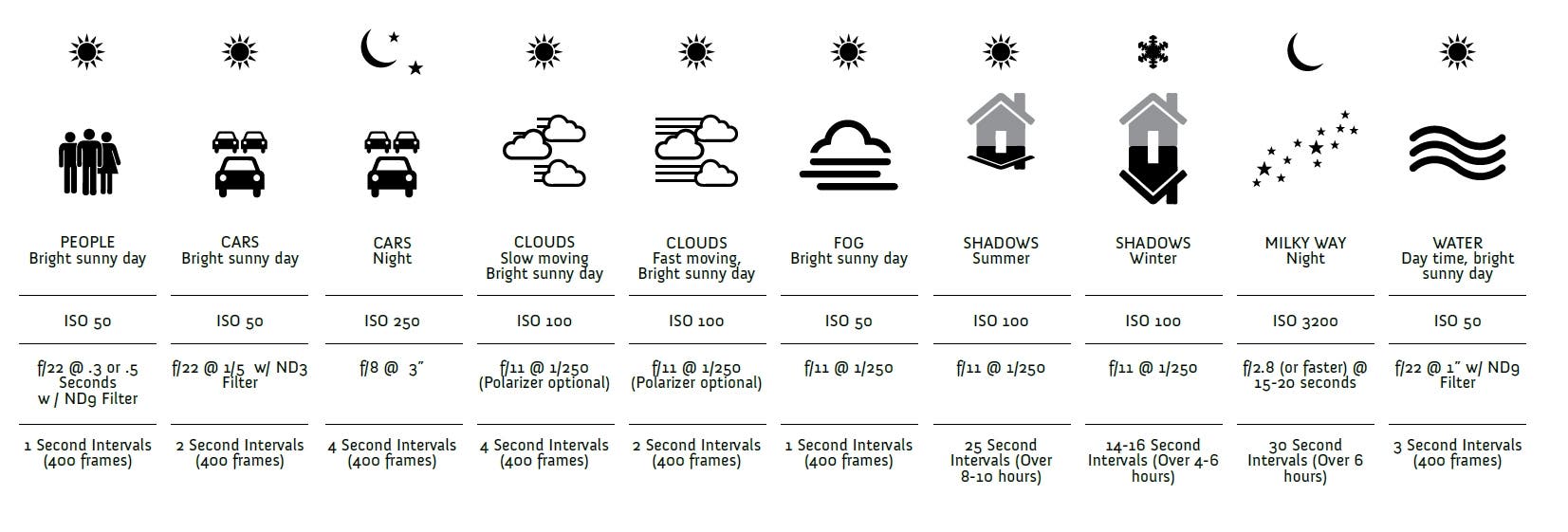
Shadows
Time-lapsing this element can take the better part of a day but the end results are jaw dropping. The sweeping of shadows shows a natural progression of time. The best time to shoot shadows is in the winter months when the sun travels lower along the horizon and creates longer, more dramatic shadows. Shoot at an interval of 14-16 seconds per frame. Shooting shadows is best saved for a bright sunny day with minimal cloud coverage.
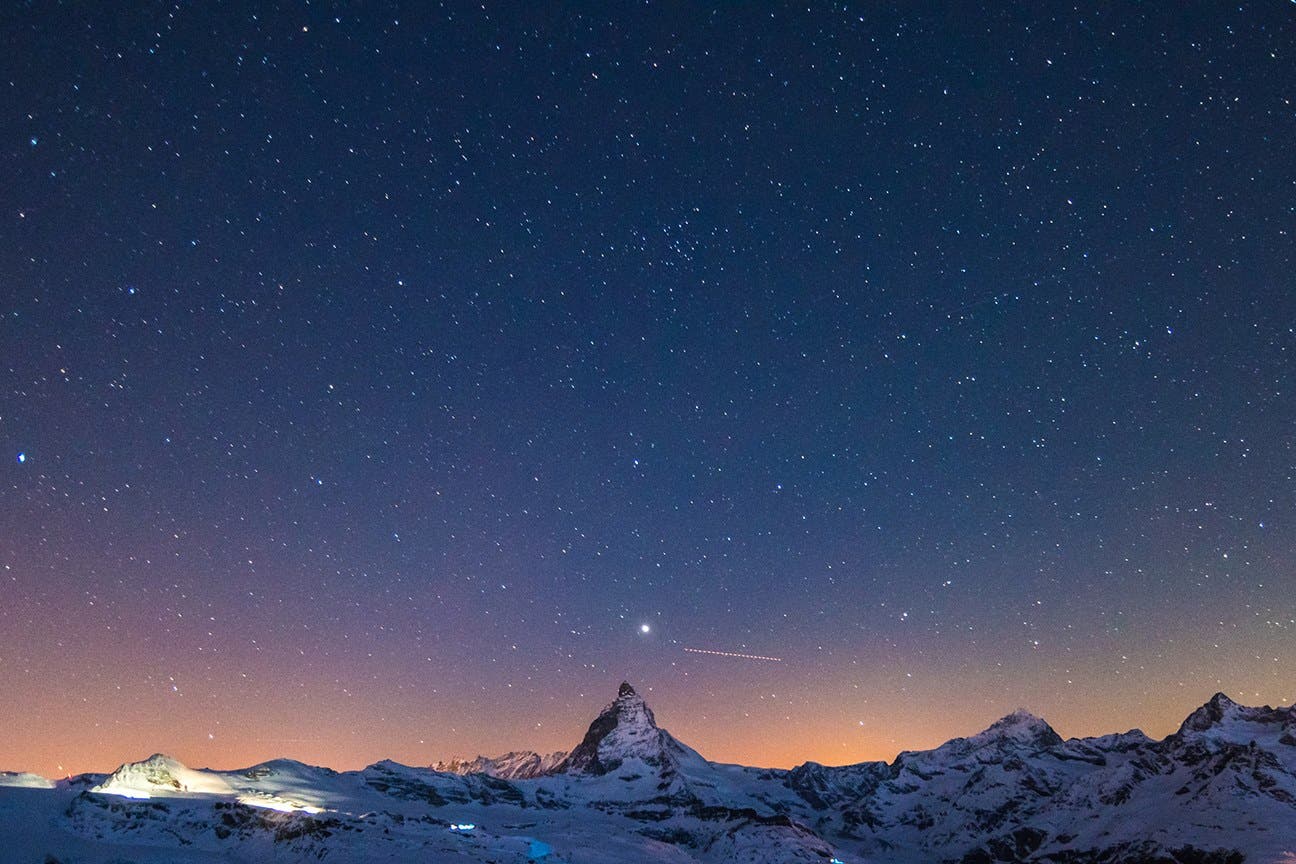
Clouds / Atmospheric Elements
These are the most basic and readily available elements to shoot. Clouds are great for shooting quick, organic time-lapse shots with foreground objects like buildings, statues, cars, bridges, or mountains. When shooting clouds, the best way to calculate the interval is to place your finger in the sky at the edge of a cloud and count how long it takes to break the plane of your finger when moving. This could be anywhere from two to 20 seconds. A good rule of thumb is the faster the clouds are moving the smaller the interval while slower moving clouds need a larger interval. Most clouds look great at two to four-second intervals. For fog, it’s best to shoot at one-second intervals. Reflective surfaces would also be included in this element type.
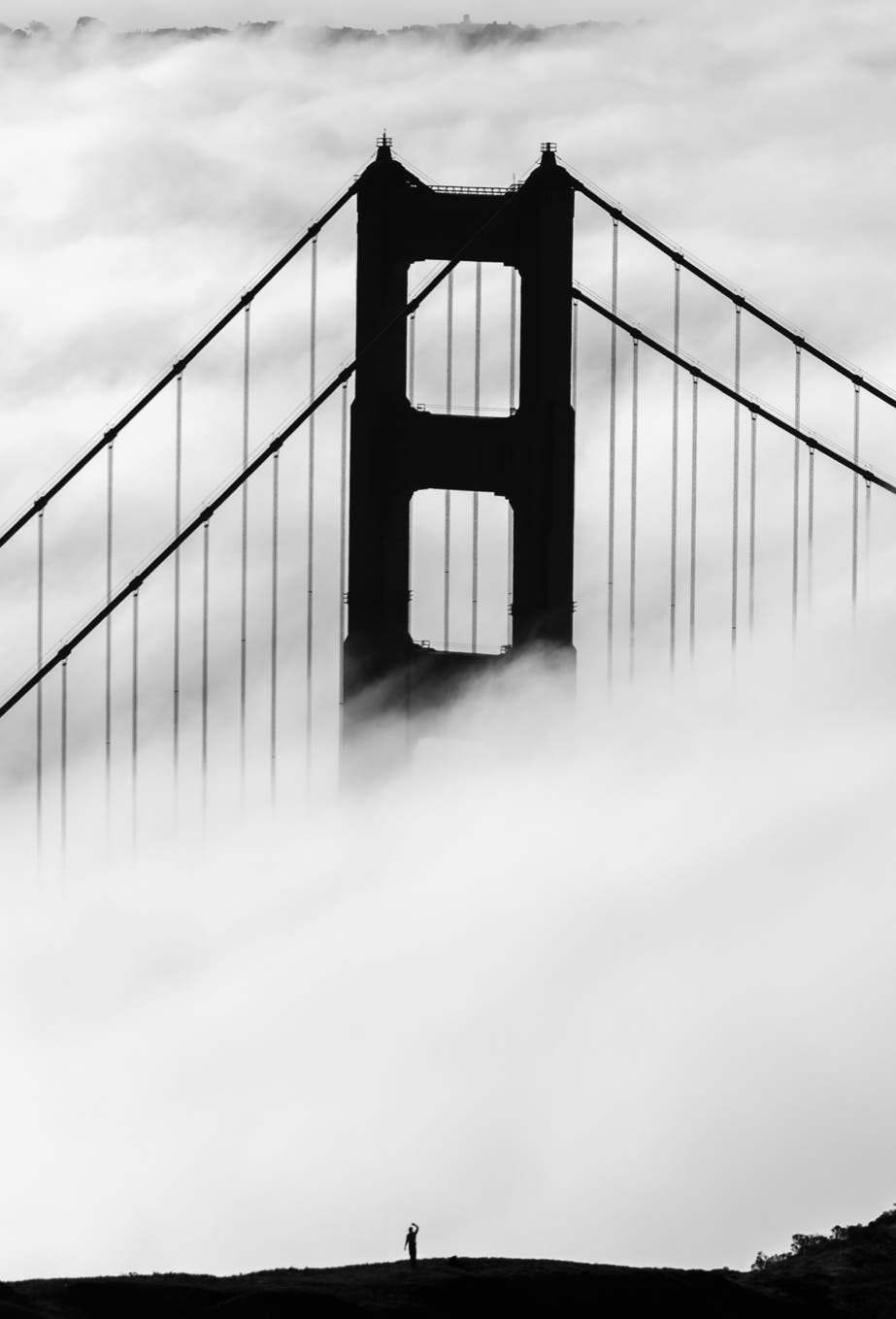
People / Cars / Organics
These can be the most difficult subject to time-lapse but add a unique element to a shot. People are great for showing volume but make sure you’re shooting very fast intervals (half second to one second) and/or dragging your shutter at the same time (which will be discussed later in this article). Cars are the best to shoot at night because their tail lights create a show that adds another ‘wow’ factor to your shot – this is also another time you’ll want to drag your shutter. Organics, such as plant life, are great for long term time-lapses but require ample patience and a closed-off environment. Most organic shots are conducted over a long period of time and the intervals may be as low as one frame per hour. Break out your phone and start surfing the web -you’re going to be waiting!
Events
This is one of the most revealing categories because it consists of elements with a built-in storyline construction—concerts, paintings, sporting events, and many more. These elements are shot over a very long period of time and then condensed during post-production. Shooting intervals vary depending on the length of the event. If it’s a fast event that only lasts a few hours, use a fast shooting interval, such as one frame every 10 or 15 seconds. If it’s a very long event you may want to change it to one frame every 5, 10, or 15 minutes.
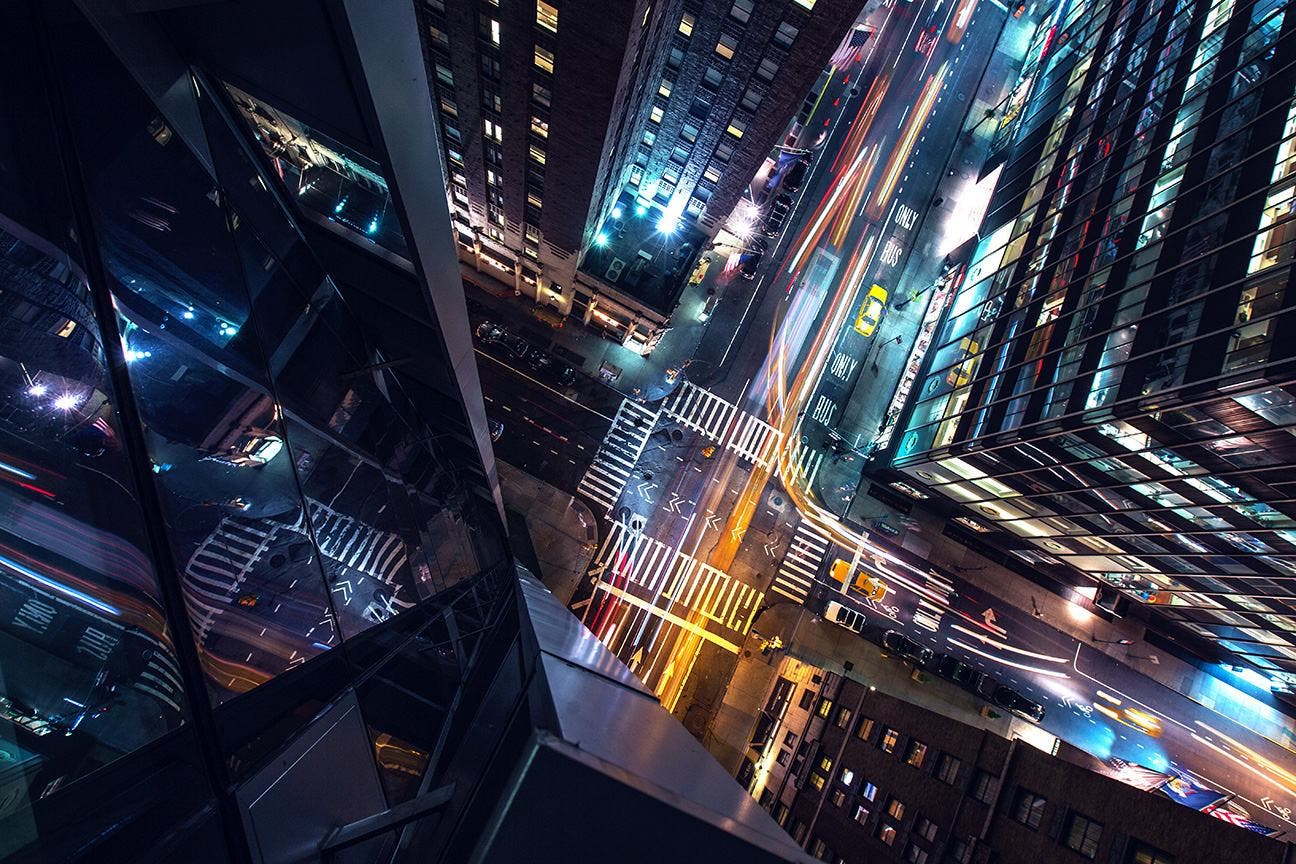
Perspective Motion
Motion control rigs add a physical element that turns a stationary shot into a dynamic and visually interesting motion shot. The camera can move freely, shooting horizontally, diagonally, or vertically (up to 5-axes) adding intriguing perspectives. You will need to purchase additional equipment but it increases the value of your shot dramatically.
Time-lapse Shooting Techniques
Anticipating The Action
When you set up your composition, try to anticipate the action in your scene. If you want to show the sun setting at a particular point in your frame, use a sun-tracking app on your phone to find where it will actually set instead of guessing. This guarantees better odds of a positive outcome of your shot. You will also have better luck capturing what you want if you use a multiple-camera setup. This technique is used more often in a professional setting but even if you’re just starting out it will allow you to gain valuable experience and possibly a better/different angle of the same scene to mesh together later in post-production.
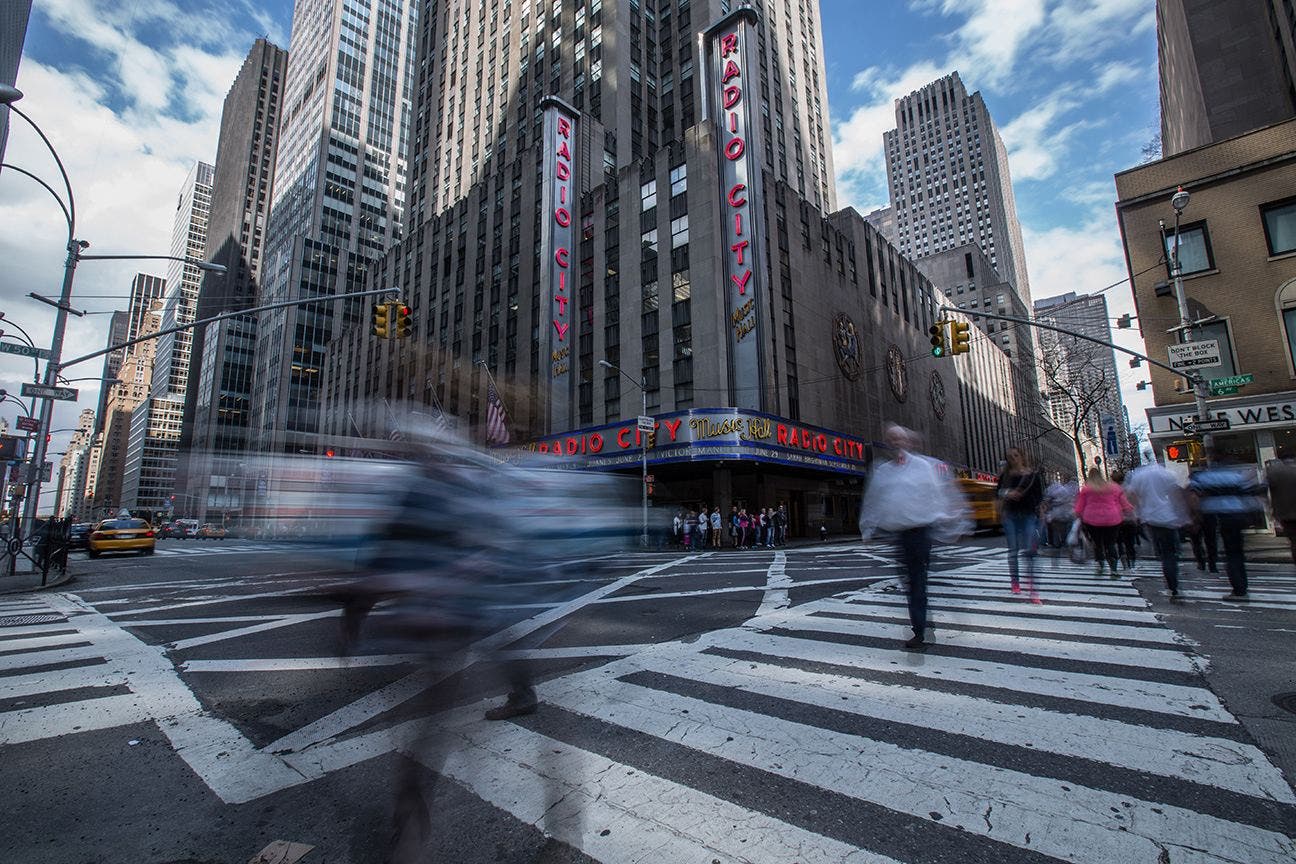
Including People In Time-Lapse Images
One of the hardest things to anticipate is people. They are unpredictable and can often be disruptive to your shot. If your subjects happen to be people, adjust the height of your camera appropriately so they can’t block it. Inevitably, someone or something will disrupt your shot at some point and you’ll just have to deal with it. The best way to avoid this is to plan ahead so you can better safeguard the location you’re shooting.
If you want to create the feeling of fluid motion with people it’s best to set your shutter at 0.3-0.5 seconds. Any slower than that (one second to two seconds) will completely blur or remove the subject from the shot. The idea is to only blur the subject enough to streak it but not enough to lose its form. Suggested settings for broad daylight are: ISO 50, f/22 @ .5 second with a 3-stop ND filter.
Including Cars In Time-Lapse Images
If you’re shooting a busy intersection with cars coming at you from every direction, headlights can be a major issue and should be addressed before you begin shooting. If you end up shooting at the same level as car headlights, you’re going to get unwanted lens flares and flicker that will cripple your shot, making it worthless. The best idea is to adjust the height of your tripod or rig so that it’s above the headlight line. This allows a constant exposure and greatly reduces the flicker produced from the scene.
Because cars move so quickly, you don’t have to drag your shutter much in daylight; night is a different story though, as the length of your shutter speed dictates how long your light streaks are from headlights and tail lights. Suggested settings (broad daylight) at – ISO 50, f/22 at 0.3 seconds with a 2-stop ND Filter. At night, try using ISO 200 and f/8, at 3-4 seconds to create moderately long light streaks.
Setting up your camera to ‘drag’ your shutter
The best way to drag your shutter (shoot at very slow shutter speeds) is to use an ND (Neutral Density) filter while shooting at a very small f/stop (f/22 on down) and a very low ISO (50, 100). With these settings, you can drag your shutter for seconds or even minutes in broad daylight using ND filters.
